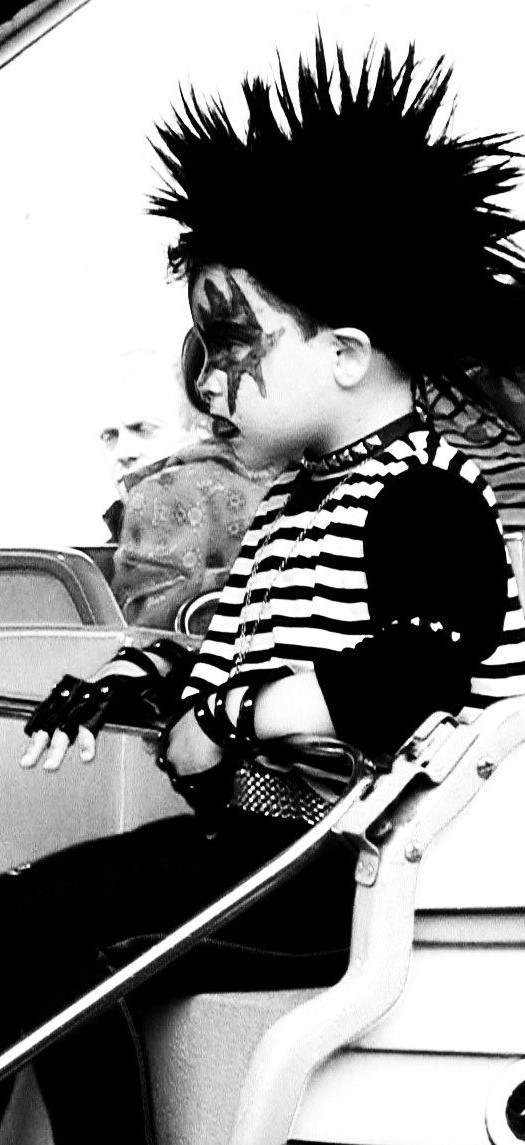 Professor Emeritus of English at Ohio Northern University, Claude Clayton Smith is the author of a historical novel, two children’s books, four books of creative nonfiction, and co-editor/translator of the world’s first anthology of Native Siberian literature. He has published more than fifty poems and a variety of short fiction, essays, and reviews. Four of his plays have been selected for production in competition. His work has been translated into five languages, including Russian and Chinese. He holds a BA from Wesleyan, an MAT from Yale, an MFA in fiction from the Writers’ Workshop at the University of Iowa, and a DA from Carnegie-Mellon. His latest book is Ohio Outback: Learning to Love the Great Black Swamp (Kent State University Press, 2010).
Professor Emeritus of English at Ohio Northern University, Claude Clayton Smith is the author of a historical novel, two children’s books, four books of creative nonfiction, and co-editor/translator of the world’s first anthology of Native Siberian literature. He has published more than fifty poems and a variety of short fiction, essays, and reviews. Four of his plays have been selected for production in competition. His work has been translated into five languages, including Russian and Chinese. He holds a BA from Wesleyan, an MAT from Yale, an MFA in fiction from the Writers’ Workshop at the University of Iowa, and a DA from Carnegie-Mellon. His latest book is Ohio Outback: Learning to Love the Great Black Swamp (Kent State University Press, 2010).
Claude, this opening chapter from Anatomy of Sadness explores Leo Green’s inner turmoil as he sits in a lecture hall classroom and reminisces about events in his life, trying to discover the sigh key to his psyche, the tipping point of his present despair. All the while, halfway across the country, President Kennedy’s motorcade is passing through downtown Dallas. News of his assassination will soon spread to the lecture hall before class is even over. How did you decide to tackle the subject and the premise? Did your own experience and reaction to the news at the time play into the narrative?
I began this novel in the fall of 2013, after viewing a variety of television programs on the 50th anniversary of the Kennedy assassination. It’s an event still vivid in my mind, one that lends a familiar dramatic context to any piece of fiction set in that era. While I was an undergraduate, several classmates (whom I scarcely knew) committed suicide, and I began to wonder what it would have been like to “miss” the upheaval of the assassination due to one’s own personal upheaval. Rather than invent a life for Leo Green, it was easier to draw on my own experiences. Like Leo, I first learned of the assassination while sitting in a college literature class.
Although Leo’s afflicted with melancholia, “a ‘nervous breakdown’ is what one had in those days, but he’s never known anyone who’s had one.” 50 years ago, depression wasn’t discussed or diagnosed as openly as today—certainly there weren’t Ritalin, Xanax, and Zoloft prescriptions conveniently available for students. Is his situation an intensely private one?
I imagine his situation to be intensely private as well as intensely lonely, as it also must have been, for example, for gays on campus in the early sixties. Since those days, however, many college students in my creative writing classes—writers of fiction, nonfiction, and poetry—have addressed their mental health issues and medications quite frankly. Unfortunately, all of the publicity goes to celebrity writers like Hemingway and Styron or Hollywood stars like Owen Wilson and Winona Ryder, as if famous people somehow have a monopoly on suffering. Depression is an ancient subject, with the first real comprehensive study published by Robert Burton in 1621—Anatomy of Melancholy, which I adapt for the title of my novel.
The chapter concludes as “Leo shivers with shameless joy,” rather shockingly, as his story likely earns the reader’s sympathy but then reminds the reader of the depths of his misery and his suicidal weekend plans. Can you describe where the novel heads next?
Leo’s moment of “joy” ends quite abruptly. He exits his classroom building to find the campus deserted—everyone is watching TV for news of the assassination—and so he heads to the cafeteria to report for his job in the kitchen. En route, passing through an administration building, he overhears snatches of the televised assassination coverage. The elapsed time of the novel is only four days, with the progress of televised events—the apprehension of Lee Harvey Oswald, his murder by Jack Ruby, the Kennedy funeral, etc.—interspersed, as in chapter 1, with Leo’s agonizing internal search for “the sigh key” and his plans to end his life. The latter dominates the “action” and therefore the focus of the book.
Several things are taking place in this chapter: the events in the classroom; Leo’s reflections, self-analysis and repeated reflections; plus, the ongoing references to the time in Dallas and where Kennedy is along his route. Do multiple storylines thread simultaneously throughout the rest of the novel as well?
Yes, as I’ve indicated above. My goal in chapter 1 was to establish the terms of the novel and then stick to them in the subsequent chapters, subordinating the images and reportage of the assassination to the “mundane” anguish of Leo Green.
How’s the novel progressing? Are you setting any goals in terms of timelines for completing Anatomy of Sadness?
I completed the first draft of the novel in April and then began revising it, chapter by chapter, in order to make certain felicitous touches that occurred en route have their seeds planted earlier and thus to resonate throughout. In response to a query letter, a New York agent has requested to see the first fifty pages (2+ chapters). I am waiting to hear from her at the moment.
Do you have any other creative projects currently in the works?
I get antsy unless I’m working on something, and so I have two projects underway at the moment. One is a collection of creative nonfiction—Paper Route: A Connecticut Collage—that includes a few new works as well as published pieces. I hope it will do for my home state what my book Ohio Outback: Learning to Love the Great Black Swamp (The Kent State University Press, 2010), does for Ohio, where my wife and I lived with our two sons for 22 years, before retiring to Madison, WI.
The second project is a sequel of sorts to The Way of Kinship: An Anthology of Native Siberian Literature (University of Minnesota Press, 2010), which I served as co-editor/translator with Alexander Vaschenko of Moscow State University. It consists of a series of poems exchanged between the Native American writer N. Scott Momaday (who did the introduction to The Way of Kinship) and Native Siberian poet Yuri Vaella, whose work appears in that text. Due to the loss of Sasha and Yuri, both of whom passed away last summer, it’s shaping up as a chapbook, and a labor of love.
Thanks, Claude. Is there anything else you’d like to share with or explain to readers?
Interested readers can find my ideas about writing at: http://iris.virginia.edu/2012/05/interview-with-essay-contest-winner-claude-clayton-smith/ Also, there is a review of my recently published novella (“Garbage Cannes”) at http://www.newpages.com/literary-magazine-reviews/2013-10-15/#Conium-Review-V2-N2-Fall-2013. Other examples of my work are available by simply Googling my full name. Comments are always welcome by email (c-smith@onu.edu).
Read Chapter One from Claude Clayton Smith’s Anatomy of Sadness
